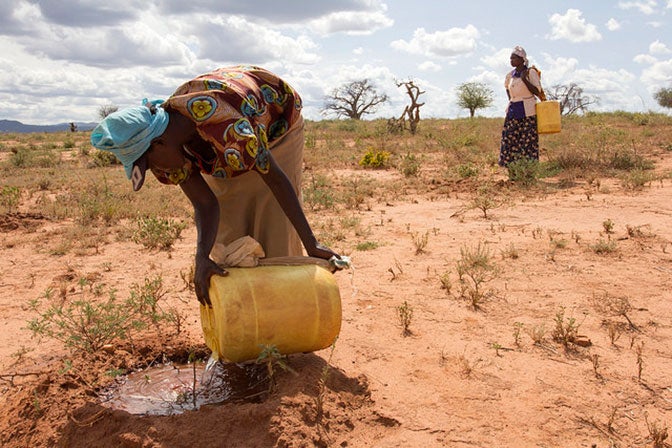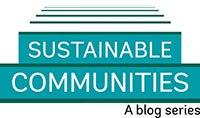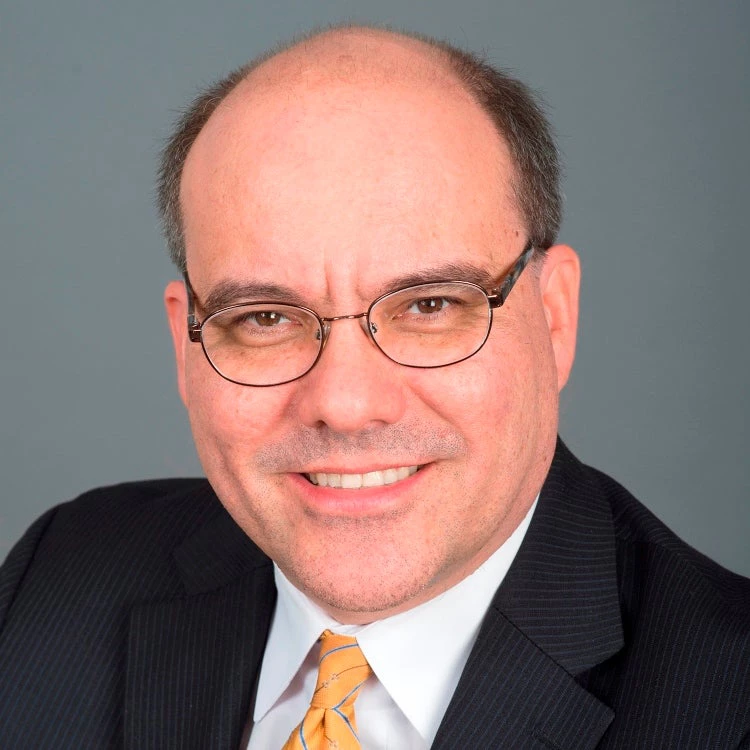
To help African countries better manage these challenges in the future, the World Bank, with support from the Global Facility for Disaster Reduction and Recovery (GFDRR), has put together the “Africa Disaster Risk Management (DRM) Strategic Framework 2016-2020,” which charts the way toward developing disaster and climate resilience in the region.
The framework is organized along three main pillars of action: partnerships, knowledge, and investments.
Partnerships
We have learned from experience that major challenges, such as climate change and disaster risk, cannot be managed alone and require the depth and breadth of the many partnerships that have powered so much of our work in Africa. A great example of what these partnerships can achieve is the Africa Hydromet Modernization Program, a collaboration of the World Bank, the World Meteorological Organization, the African Development Bank, the UN Development Programme and others. The program aims to strengthen the capacity of African countries to improve weather, climate, and hydrological services, contributing to improved climate resilience, economic development, and DRM. In its initial phase, the Africa Hydromet Program—a key initiative of the Africa Climate Business Plan discussed at COP22—intends to establish or improve early warning systems for 100 million people across 15 African countries in five to eight years.
Knowledge
Before we can build resilience, we need to understand the underlying issues, and that is why knowledge constitutes the second pillar of our Strategic Framework. We offer a range of knowledge products across the continent. For example, we developed country risk profiles for Senegal, Ethiopia, Uganda, Niger, and Kenya; in Ethiopia, we helped build institutional capacity and support policy development; while in Malawi, Madagascar, Mozambique, Cabo Verde, and Cote d’Ivoire we are supporting post-disaster assessments. In addition, with the innovative ACP-EU Africa Disaster Risk Financing Program, we support the development of multi-risk financing strategies at regional, national, and local levels to help African countries make informed decisions, improve financial response capacity after disasters, and mitigate their socio-economic, fiscal and financial impacts.
Investments
Disaster and climate resilience is being mainstreamed throughout the World Bank’s investments. Similarly in Africa, DRM and climate-related investments are growing fast. In fact, the number currently stands at around $5.8 billion, making up 10.8% of the overall Africa portfolio. Our investments support a wide range of sectors that include social protection, agriculture, water, environment, and natural resource management, as well as post-disaster and post-crisis recovery. For example:
- In the Seychelles, we provided a contingent credit line that helps the country immediately respond to natural disasters such as cyclones or landslides. It strengthens the country’s comprehensive approach to disaster risk management and helps build resilience to catastrophes.
- In Tanzania, we supported drone-enabled community mapping of Dar es Salaam to produce digital maps that can help assess the risks and take measures to mitigate the effects of flooding in the city.
- In Malawi, we are financing the reconstruction of critical public infrastructure, restoring of agricultural livelihoods, enhancement of food security, and improvement of the country’s disaster response and recovery capacities after the devastating flooding in 2015, which affected more than one million people.
The “Africa DRM Strategic Framework 2016-20” presents an action-oriented way forward to strengthen the required partnerships, knowledge, and investments as we collectively strive toward disaster and climate-resilient development in Africa and build on the positive momentum created by African leaders. These efforts will be critical to ensure progress toward the World Bank’s twin goals of eliminating extreme poverty and boosting shared prosperity.




Join the Conversation